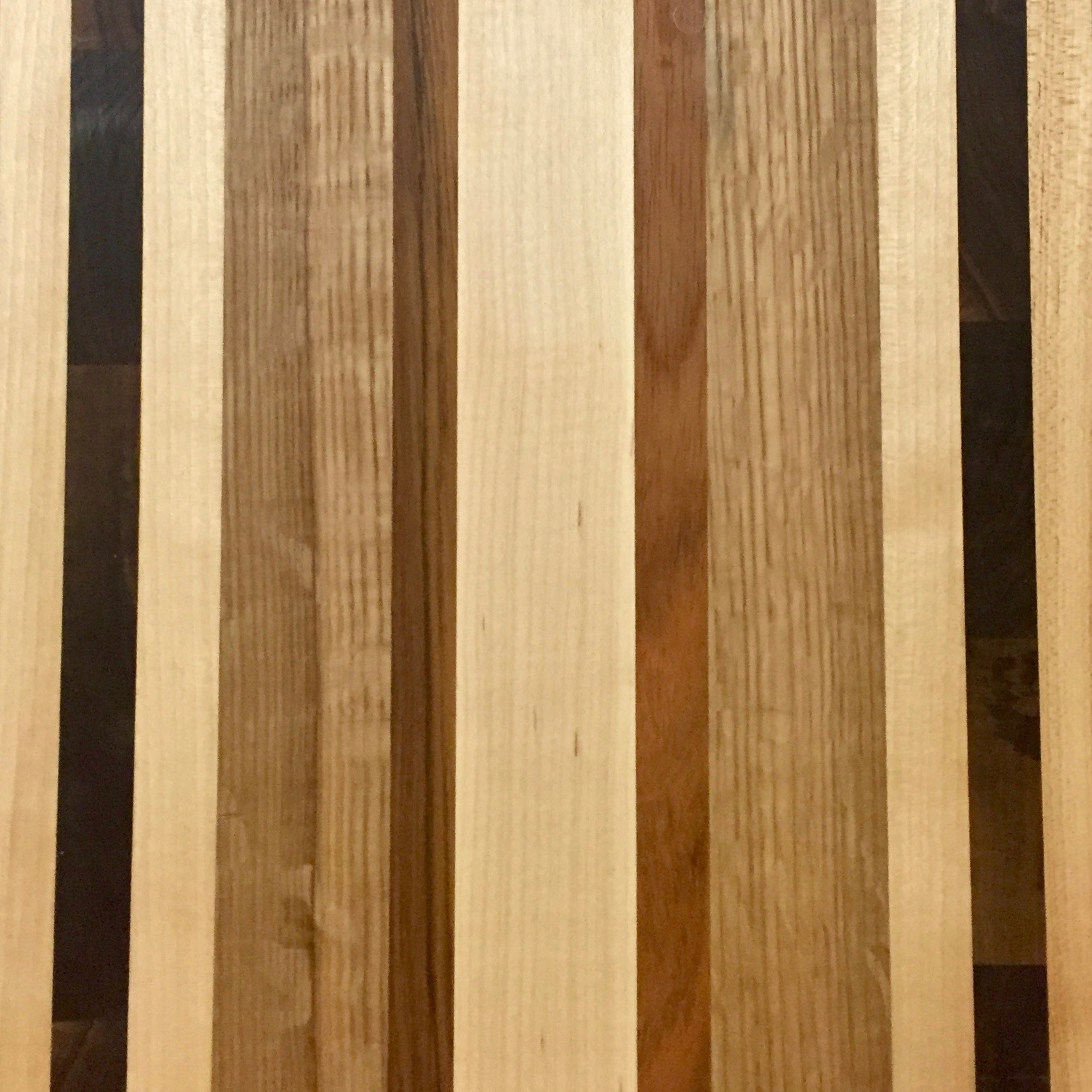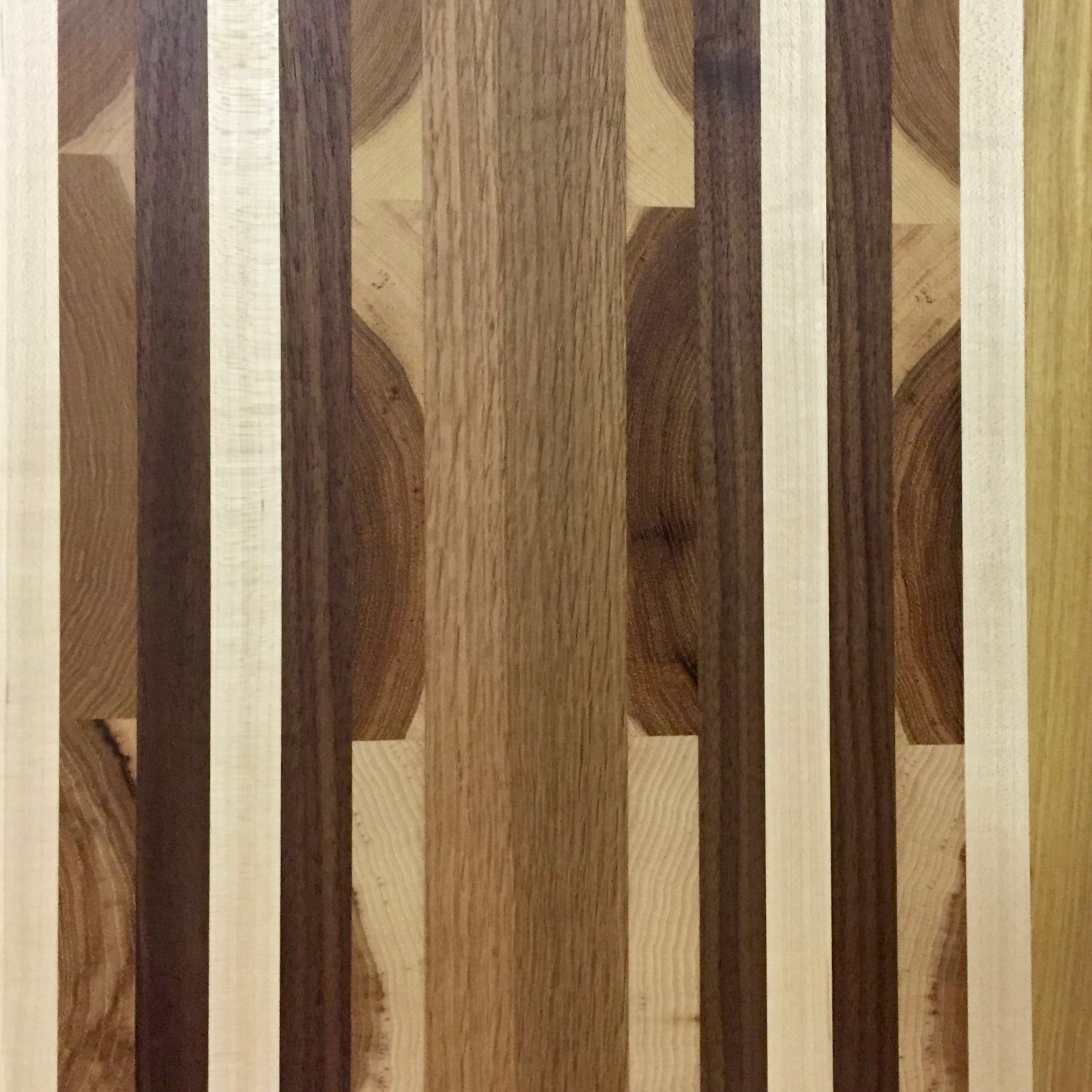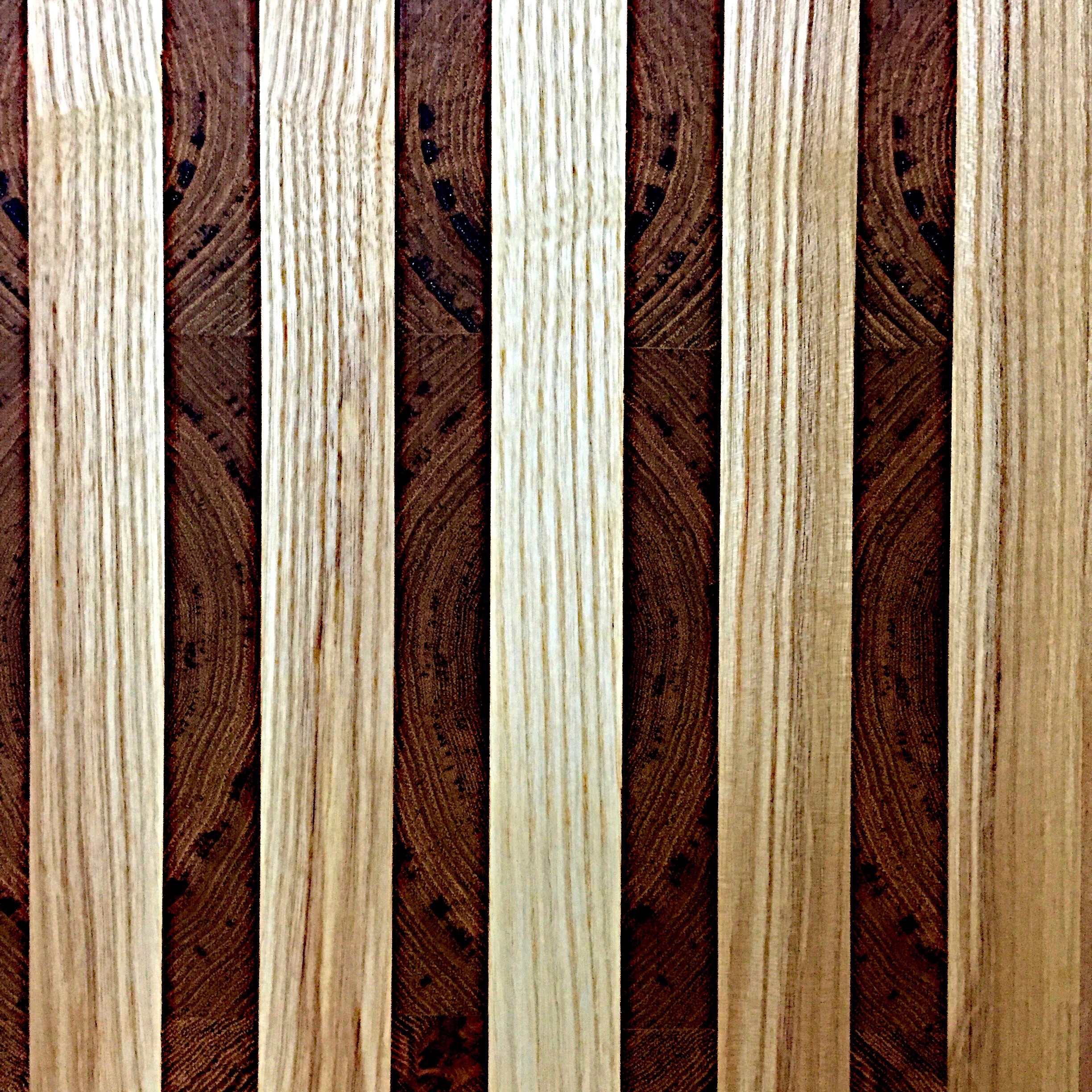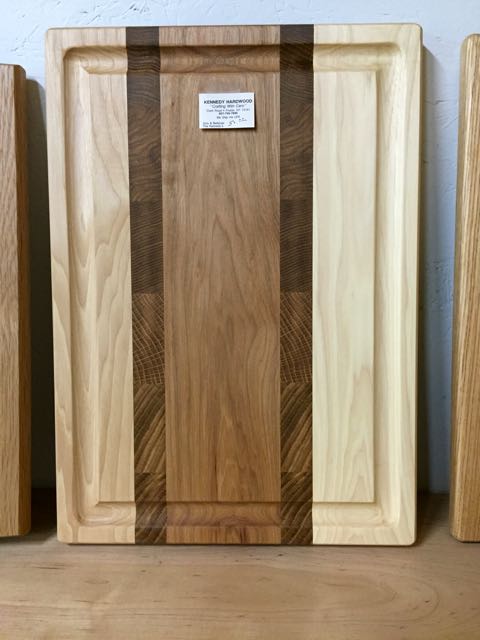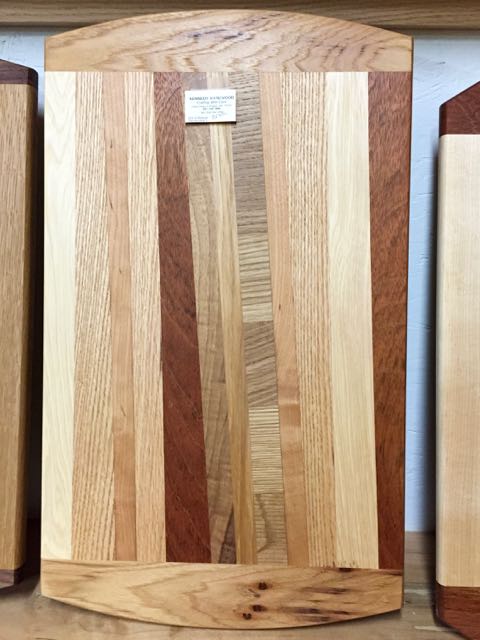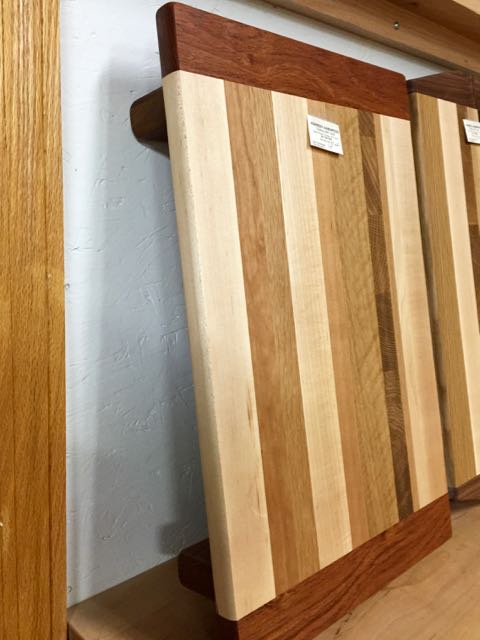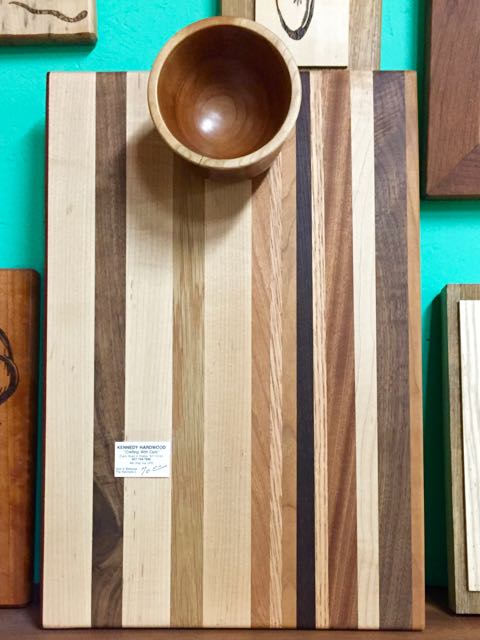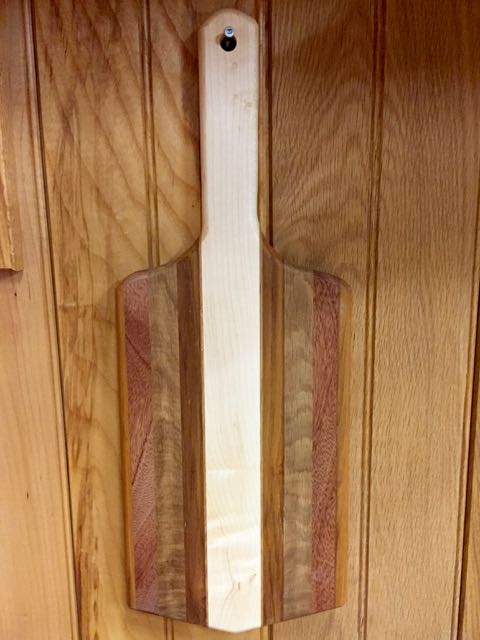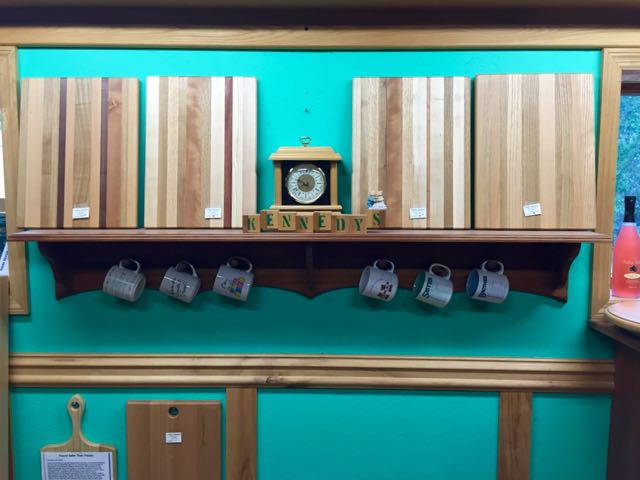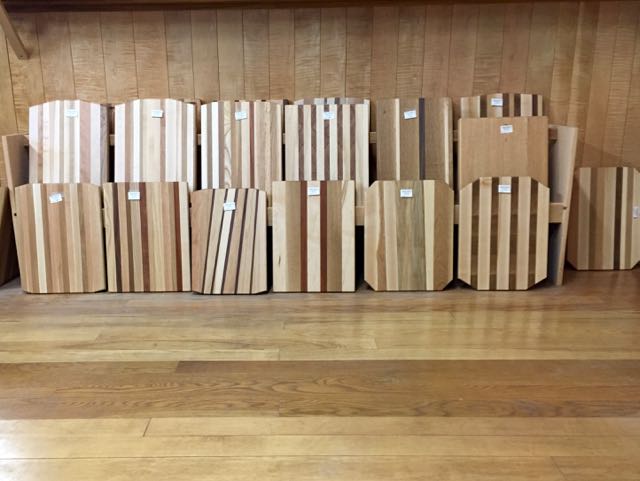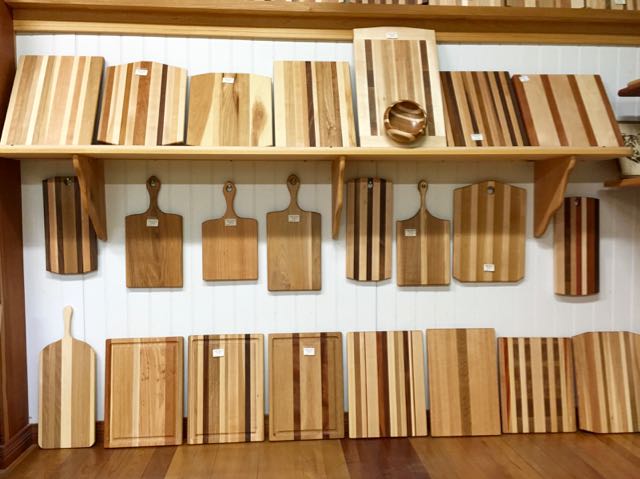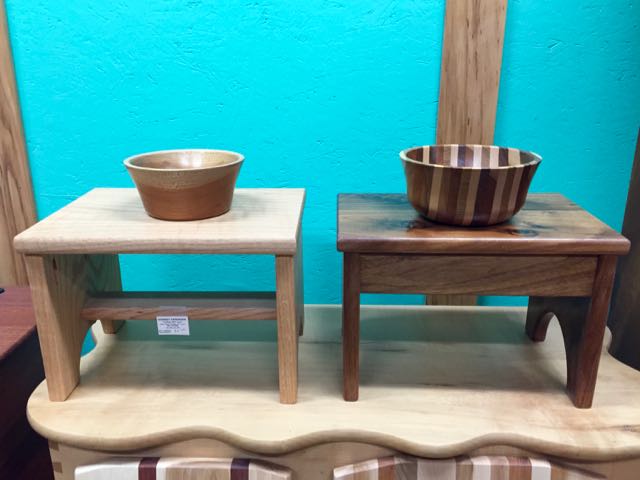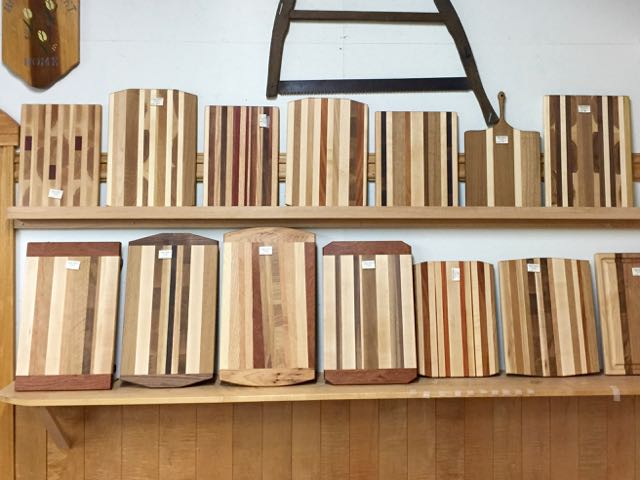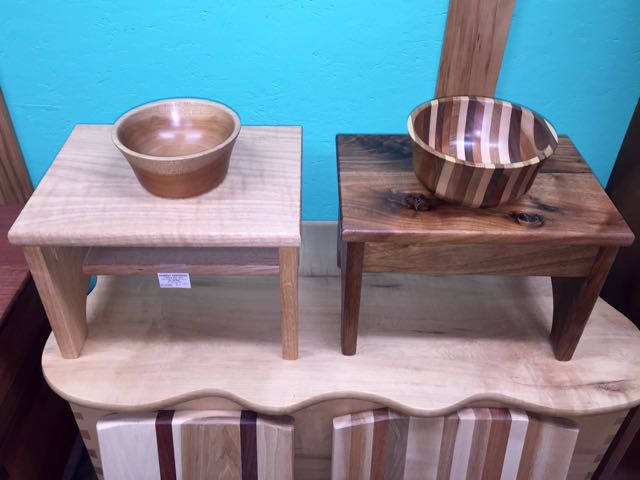♣︎♣︎♣︎♣︎♣︎
Quality Handcrafted Hardwood Cutting Boards
P.O. Box 242 • 1939 Clark Road
Preble, NY 13141
USA
(607) 749-5161
♣︎♣︎♣︎♣︎♣︎
 Wood ... Safer Than Plastic
Wood ... Safer Than PlasticWooden Cutting Boards Found Safer Than Plastic
By JANE E. BRODY of "The New York Times"
http://www.nytimes.com/1993/02/10/health/wooden-cutting-boards-found-safer-than-plastic.html
 EVERY now and then a scientific finding flies in the face of conventional wisdom. And so it was with an accidental discovery by microbiologists at the University of Wisconsin's Food Research Institute that wooden cutting boards kill food-poisoning bacteria that survive very nicely on the plastic boards that have been widely promoted for years as safer than wood.
EVERY now and then a scientific finding flies in the face of conventional wisdom. And so it was with an accidental discovery by microbiologists at the University of Wisconsin's Food Research Institute that wooden cutting boards kill food-poisoning bacteria that survive very nicely on the plastic boards that have been widely promoted for years as safer than wood.
The scientists, Dean O. Cliver and Nese O. Ak, stumbled upon the finding while seeking ways to decontaminate wooden boards and make them as "safe" as plastic. Much to their surprise, they found that when boards were purposely contaminated with organisms like Salmonella, Listeria and Escherichia coli that are common causes of food poisoning, 99.9 percent of the bacteria died off within three minutes on the wooden boards, while none died on the plastic ones.
When contaminated boards were left unwashed overnight at room temperature, bacterial counts increased on the plastic, but none of the organisms could be recovered from the wooden boards the next morning.
It had long been believed that disease-causing bacteria from raw foods like chicken would soak into a wooden board and be difficult to remove, even when washed; then when other foods, like salad ingredients, that are eaten raw are cut on the same board, the dangerous bacteria could be picked up by them and transferred alive to the consumer. Plastic was assumed to be safer because it is nonporous and contaminating organisms could be readily washed off. A Word for Safety
Based on the new studies, Dr. Cliver said, "Wood may be preferable in that small lapses in sanitary practices are not as dangerous on wood as on plastic." But he cautioned against being "sloppy about safety" and warned cooks to be sure to wash off cutting surfaces after cutting meat, chicken or fish, whether the surface used is wood or plastic.
The researchers tested boards made from seven different species of trees and four types of plastic and found similar results: wood was safer than plastic, regardless of the materials used. Thus far, however, the researchers have been unable to isolate the agents in wood that make it so inhospitable to bacteria.
♣︎♣︎♣︎♣︎♣︎
 No Two Boards Are Alike...
No Two Boards Are Alike... Additional Options Available
Additional Options Available
Many additional styles, and sizes are available to be viewed and purchased at our shop in Preble, NY or purchased and shipped individually with custom arrangements.



